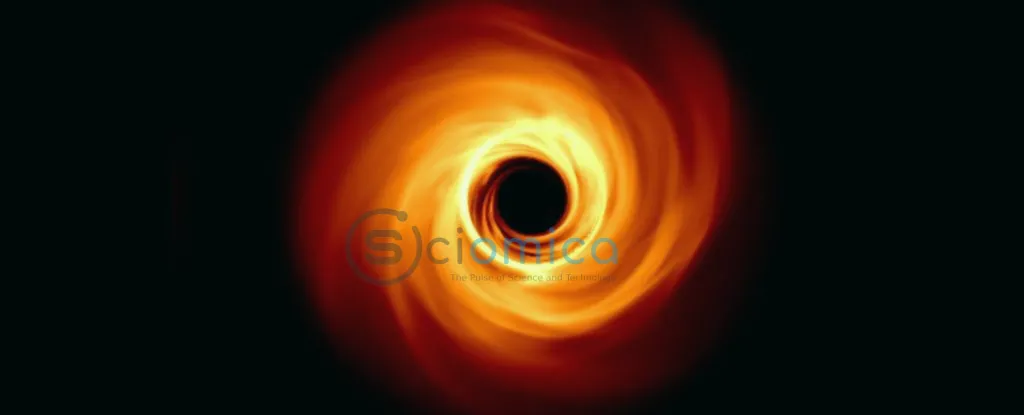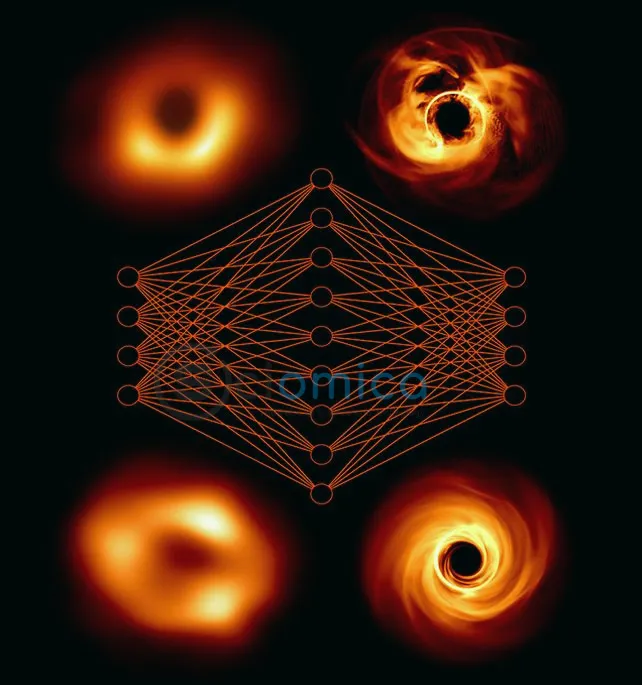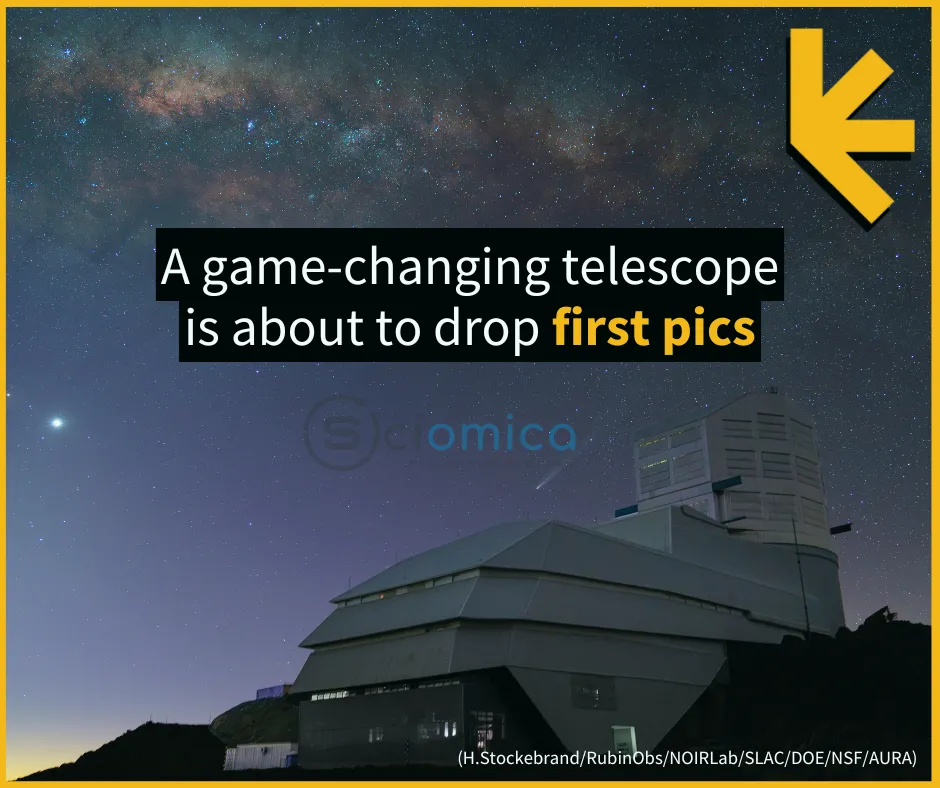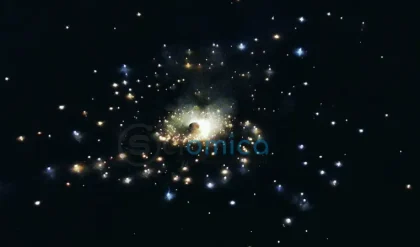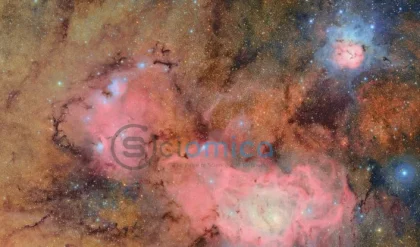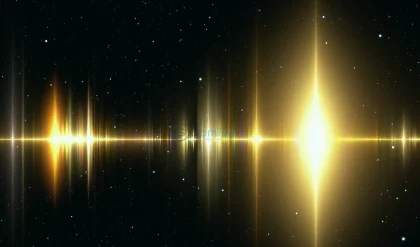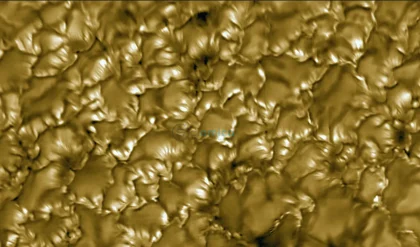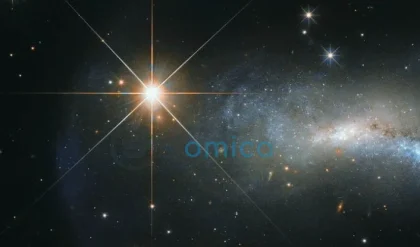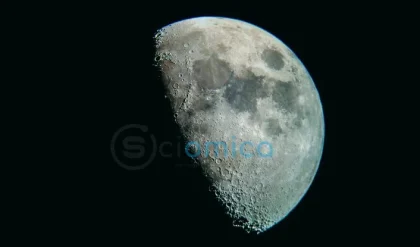A groundbreaking discovery has emerged from the depths of the Milky Way galaxy, where scientists have revealed that the supermassive black hole, known as Sagittarius A (Sgr A), is spinning almost at its maximum rotation rate. This revelation is one of several insightful findings produced by a new method developed by researchers employing observations captured by the Event Horizon Telescope (EHT).
This monumental collaboration spans the globe and has dedicated years to producing the first direct images of black hole shadows, with the first landmark imaging of M87, located 55 million light-years away, and subsequently focusing on Sgr A, the dark entity at the heart of our galaxy.
While these images provide striking visuals, deciphering their intricacies poses significant challenges for astronomers. To address these complexities, researchers have turned to advanced simulations, creating virtual profiles to better match the observational data. This approach has been popularized for EHT images, but recent advancements have taken it to an unprecedented level.
This innovative research, led by Michael Janssen, an astronomer from Radboud University in the Netherlands and the Max Planck Institute for Radio Astronomy in Germany, utilized high-throughput computing techniques to construct millions of simulated black holes. The team then trained a neural network to extract and analyze information from the data, allowing them to identify critical properties of the black holes observed.
Among the findings, researchers confirmed that Sgr A* not only spins rapidly but that its rotational axis is aligned with Earth. Additionally, it was determined that the glowing halo surrounding the black hole is generated by hot electrons circling the entity.
Intriguingly, the study also examined the magnetic fields within the surrounding material of Sgr A, discovering that their behavior deviates from theoretical predictions. Meanwhile, the black hole M87 is confirmed to be rapidly spinning as well, albeit at a slightly slower pace than Sgr A*, with its rotation seemingly counter to the nearby accretion disk, potentially hinting at a past merger with another supermassive black hole.
“To defy the prevailing theory of black hole behavior is undoubtedly thrilling,” Janssen noted. “However, I regard our AI and machine learning initiatives primarily as a starting point. Future endeavors will aim to enhance and broaden the associated models and simulations.”
As data collection improves with the upcoming Africa Millimetre Telescope, Janssen predicts that the validation of the general theory of relativity concerning supermassive compact objects will reach even higher precision. The team has published their methodology and significant findings across three papers in Astronomy & Astrophysics.

